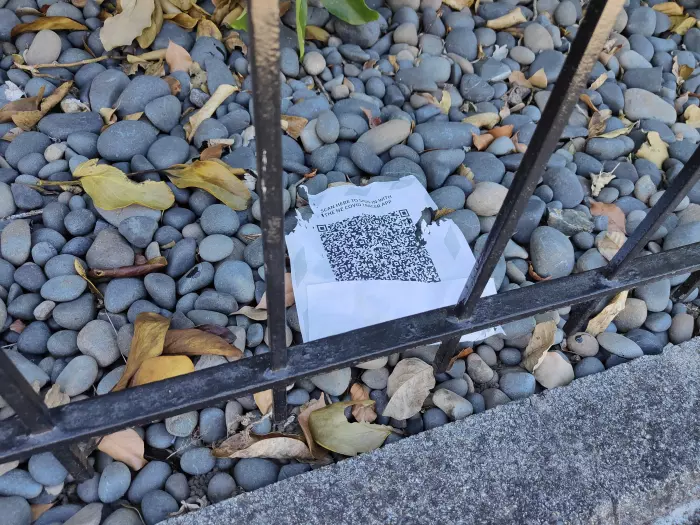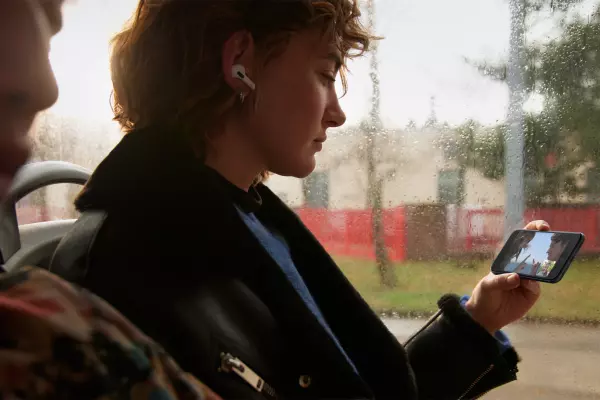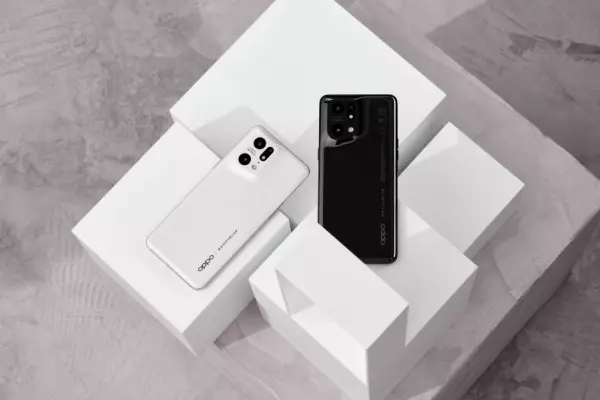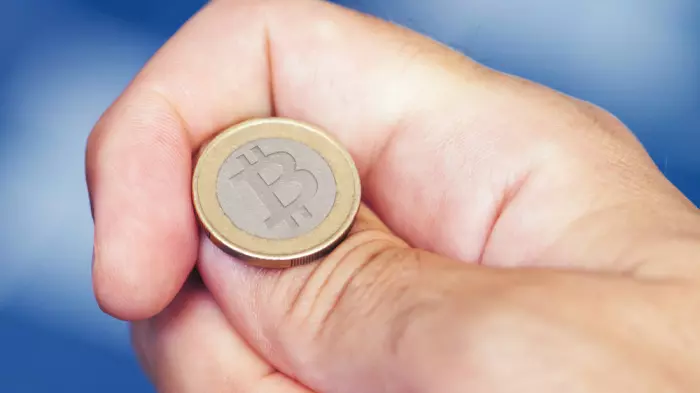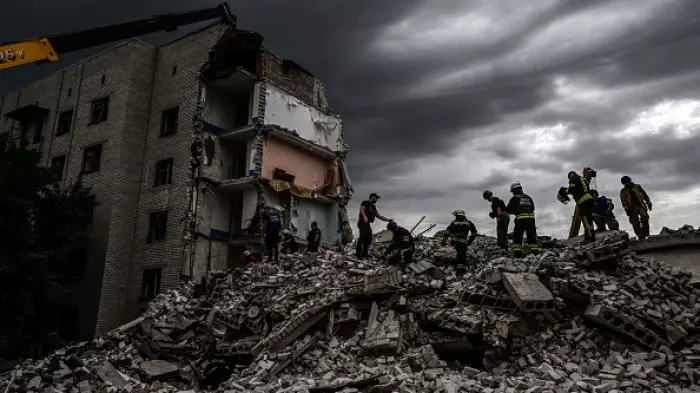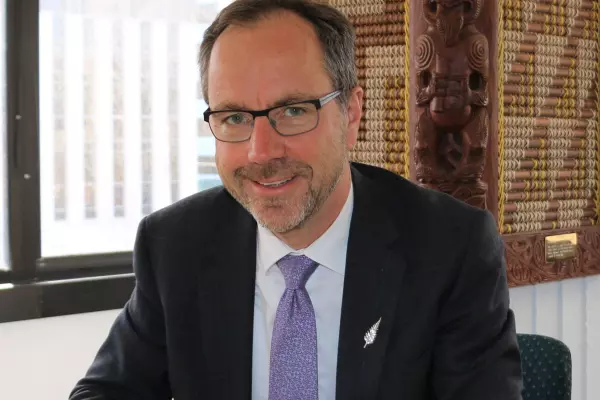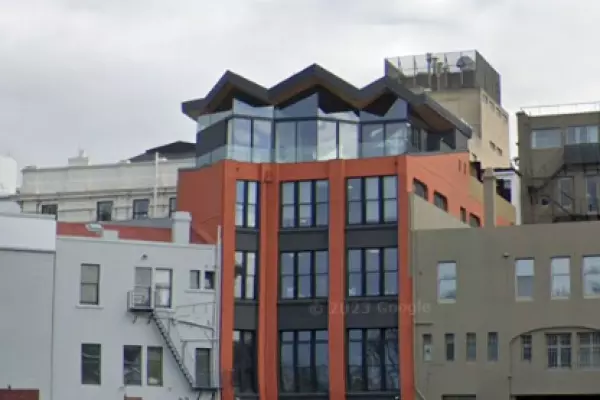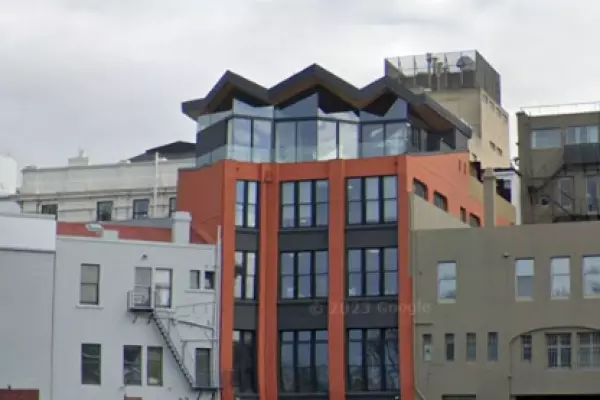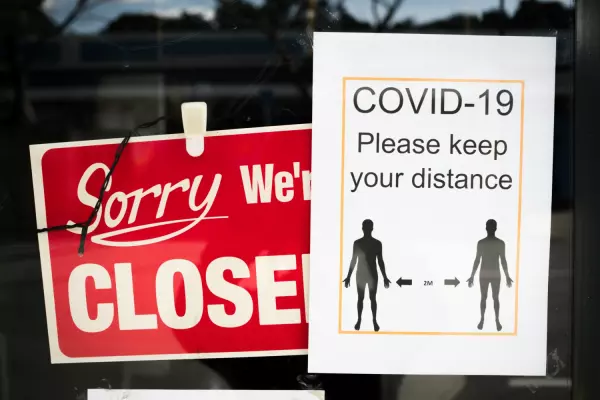Scanning QR codes with the NZ covid tracer app will no longer be mandatory from this weekend and businesses will no longer be required to display the code posters.
Prime minister Jacinda Ardern announced the change on Wednesday, which comes into effect at 11.59pm on Friday, though contact tracers have not been using the anonymised QR code data for contact tracing for several weeks.
“From this weekend you are no longer required to scan where you go, and businesses are no longer required to provide the mechanisms to do so,” Ardern said.
But use of the NZ covid tracer app has already fallen sharply since New Zealand moved to phase three of its omicron response on Feb 24 even though it was still mandatory for businesses to display QR codes and for people to scan them.
Since that date, the Ministry of Health stopped publicly listing locations of interest where people with covid-19 had been and only household contacts of covid cases have needed to isolate.
When people are confirmed to have covid-19, they are now directed to fill in an online form to self-identify friends and family they have seen recently.
Recent covid tracer app data suggests these combined changes in NZ’s approach to contact tracing led to the decline in the app’s use.
From 1pm on Feb 24 to 1pm the next day, data shows New Zealanders scanned 2,032,624 QR codes.
From 1pm on March 12 to 1pm the next day only 963,779 codes were scanned, and from 1pm on March 20 to 1pm the next day, just 701,868 codes were scanned.
The number of active devices using the app on this day was 323,667 compared to 969,542 on February 24.
Ardern said it was possible scanning would be made compulsory again in future should a new covid variant warrant it.
“Don’t remove the app from your phone just yet,” she said.
Understandable
Research fellow at the University of Auckland Andrew Chen said it was important to distinguish between the decline in QR code scanning and the use of Bluetooth tracing in the app.
“Moving into phase 3 of omicron has definitely influenced a decline in the QR code scanning because the locations of interest are no longer being published, so location-based exposure notifications are not being generated,” he told BusinessDesk.
People were understandably not scanning anymore, and the numbers reflected that people who do still scan are going to fewer places in general due to omicron.
“However, the Bluetooth tracing system is being used a lot more now that it is effectively being run autonomously - people who test positive for covid-19 fill out a self-reporting form and are given the option to upload their Bluetooth keys there, which get published on a Ministry of Health server and everyone else's devices can check the server for potential matches.”
He said about 1,000 people per day are uploading their keys, and about two thousand people are being automatically notified via the app’s notification each day.
“That's not nothing and gives those people more information with which they can assess their own level of risk.”
On Feb 15, director-general of health Ashley Bloomfield told BusinessDesk’s Pattrick Smellie at a press conference that Bluetooth tracing would be phased out.
That day at 11.59pm NZ moved to phase two of its omicron response, and information about the use of the tracer app for contact tracing was unclear, particularly when the health ministry had to roll back Bloomfield’s comments on Feb 17 to confirm Bluetooth tracing would not be phased out but rather would be “used appropriately”.
The covid tracer app was developed by Rush Digital, an Auckland firm contracted by the Ministry of Health.
“From March 2020 to December 2021, about $6.478 million was spent on the development, enhancements, and support for the NZ covid tracer app and the QR code poster service,” the ministry told BusinessDesk in an Official Information Act response in February.
Additional reporting by Andy Fyers.


